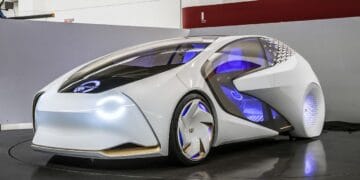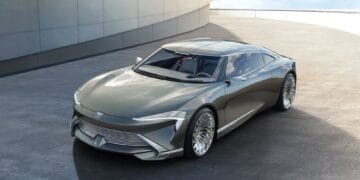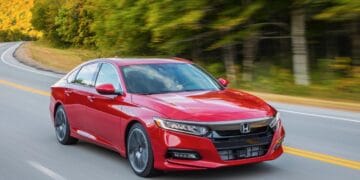The world of sports cars is a captivating realm where engineering prowess meets unadulterated passion. For automotive enthusiasts, few experiences rival the thrill of piloting a machine meticulously crafted for performance, agility, and an exhilarating driving experience. Sports car reviews, therefore, are more than just technical breakdowns; they are voyages into the heart of what makes these vehicles so desirable, exploring the delicate balance between raw power, precise handling, and the emotional connection they forge with their drivers. This comprehensive guide delves into the intricate facets of sports car evaluation, providing insights that cater to both the seasoned gearhead and the aspiring owner.
The Enduring Appeal of the Sports Car
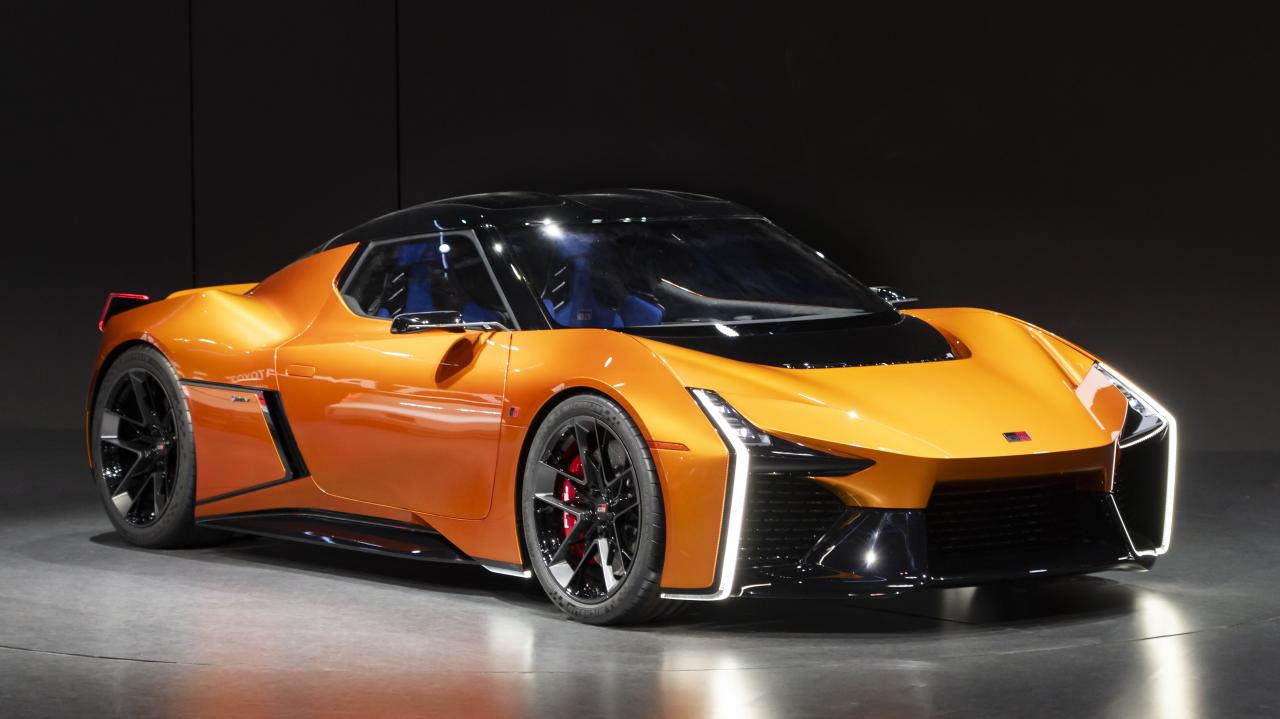
What is it about a sports car that ignites such a fervent desire? It’s a complex interplay of factors, often beginning with aesthetics. The sleek lines, aggressive stance, and aerodynamic curves are designed not just for efficiency but to evoke a sense of speed and dynamism even when stationary. These vehicles are rolling works of art, meticulously styled to turn heads and leave a lasting impression.
Beyond the visual appeal lies the promise of performance. A sports car is engineered to accelerate with breathtaking urgency, corner with surgical precision, and brake with astonishing stopping power. This mechanical symphony translates into a visceral driving experience, engaging all senses. The roar of the engine, the feeling of g-forces in a turn, the responsiveness of the steering – these elements combine to create an addictive thrill that transcends mere transportation.
Furthermore, sports cars often embody a sense of exclusivity and aspiration. Owning one can be a statement of personal success, a reward for hard work, or the realization of a lifelong dream. They represent freedom, adventure, and a commitment to the joy of driving, setting them apart from utilitarian vehicles and placing them firmly in the realm of passion purchases.
A. The Anatomy of a Sports Car Review
A truly insightful sports car review goes far beyond a simple spec sheet. It requires a holistic evaluation, blending objective measurements with subjective driving impressions. Here’s a breakdown of the critical components:
- Performance Metrics: This is the bedrock of any sports car review.
- Acceleration: Typically measured in 0-60 mph (or 0-100 km/h) times. It indicates the car’s initial burst of speed.
- Top Speed: The maximum velocity the car can achieve, often limited electronically for safety or regulatory reasons.
- Braking: Evaluations include 60-0 mph stopping distances, fade resistance, and pedal feel. Superior brakes are as crucial as powerful engines.
- Lateral G-Force: A measure of how well the car handles corners without losing grip. Higher G-forces indicate better handling.
- Quarter-Mile Times: A classic drag racing metric that gauges sustained acceleration.
- Driving Dynamics: This category delves into the car’s behavior on the road and track.
- Steering Feel: The level of feedback and precision transmitted through the steering wheel. Is it direct and communicative or numb and vague?
- Handling Balance: How the car behaves in corners – understeer (front wheels lose grip), oversteer (rear wheels lose grip), or neutral (all wheels lose grip simultaneously).
- Suspension Setup: The balance between ride comfort and body control. Does it absorb bumps gracefully or transmit every imperfection?
- Transmission Performance: The speed, smoothness, and responsiveness of gear changes, whether automatic, manual, or dual-clutch.
- Driver Engagement: A subjective measure of how connected the driver feels to the car and the road. Does it inspire confidence and exhilaration?
- Engine and Drivetrain: The heart and soul of the sports car.
- Engine Type: V6, V8, flat-six, inline-four, electric, hybrid – each has distinct characteristics.
- Horsepower and Torque: Key power figures, but their delivery (e.g., peaky or linear) is also crucial.
- Sound Signature: The aural experience of the engine and exhaust, which is a significant part of a sports car’s appeal.
- Power Delivery: How smoothly and predictably power is delivered across the RPM range.
- Interior and Ergonomics: While performance-focused, comfort and functionality are still important.
- Seating Position: How well the driver is integrated into the car, with good visibility and support.
- Material Quality: The feel and durability of interior surfaces, often a reflection of the car’s premium status.
- Infotainment System: Ease of use, features, and connectivity options.
- Practicality: Limited, but sometimes considered – trunk space, interior storage, and daily usability.
- Design and Aesthetics: Subjective but highly impactful.
- Exterior Styling: The visual appeal, aerodynamic efficiency, and overall presence.
- Interior Design: The layout, aesthetics, and perceived quality of the cabin.
- Value Proposition and Competition: Placing the car within its market context.
- Pricing: How the car is positioned relative to its direct competitors.
- Features for the Price: What standard and optional equipment is offered for the money.
- Competitor Comparison: How the car stacks up against its rivals in terms of performance, features, and overall appeal.
- Ownership Costs: Consideration of fuel economy, insurance, maintenance, and potential depreciation (though passion often outweighs pure financial logic here).
B. The Methodology of a Professional Reviewer
Professional sports car reviewers often follow a rigorous methodology to ensure comprehensive and objective evaluations:
A. Track Testing: This is where the true limits of a sports car are explored in a controlled environment. Track laps allow for pushing the car to its performance edge, evaluating handling balance, brake fade, and sustained performance. Lap times are often recorded.
B. Road Driving (Daily & Spirited): A significant portion of testing involves real-world driving. This includes navigating city traffic, cruising on highways, and spirited drives on winding backroads. This reveals the car’s liveability, ride comfort, and how it performs in everyday scenarios.
C. Data Logging: Many reviewers use specialized equipment to log precise performance data (acceleration times, G-forces, braking distances) that supplements subjective impressions.
D. Competitive Comparisons: Direct back-to-back testing against key rivals provides invaluable context. This helps determine a car’s strengths and weaknesses within its segment.
E. Expert Interviews: Engaging with the car’s designers, engineers, and product managers can offer deeper insights into its philosophy and development process.
F. Long-Term Testing: Some publications conduct long-term reviews, living with a car for several months or a year to uncover any ownership quirks, reliability issues, or surprising strengths that only emerge over time.
C. The Evolution of the Sports Car Landscape
The sports car segment is constantly evolving, driven by technological advancements, changing consumer preferences, and environmental regulations.
A. Electrification: The most significant shift is the rise of electric sports cars. Companies like Porsche (Taycan), Tesla (Roadster, Model S Plaid), and Rimac (Nevera) are demonstrating that electric powertrains can deliver astonishing acceleration and new forms of driving exhilaration, even without the traditional engine roar. Hybrid sports cars are also bridging the gap, combining electric motors with internal combustion engines for enhanced performance and efficiency.
B. Connectivity and Infotainment: Modern sports cars are increasingly integrated with advanced infotainment systems, connectivity features, and driver-assistance technologies. While purists might argue these detract from the raw driving experience, they are becoming standard expectations for many buyers.
C. Active Aerodynamics: Sophisticated active aerodynamic elements (e.g., deployable spoilers, adjustable diffusers) are no longer exclusive to hypercars. They are now found on many high-performance sports cars, optimizing downforce and drag on the fly.
D. Lightweighting: The relentless pursuit of weight reduction continues, with extensive use of carbon fiber, aluminum, and other advanced lightweight materials. This improves power-to-weight ratios, handling, and efficiency.
E. Driver Aids and Customization: Modern sports cars feature a plethora of electronic aids (traction control, stability control, torque vectoring) that enhance performance and safety. Many also offer extensive customization options for suspension, engine mapping, and steering feel, allowing drivers to tailor the car to their preferences.
D. Understanding Different Sports Car Segments
The term “sports car” is broad, encompassing a range of vehicles with varying characteristics and price points. Understanding these segments helps in contextualizing reviews:
A. Entry-Level Sports Cars: Accessible and fun-to-drive, often focusing on agility and driver engagement rather than outright power. Examples: Mazda MX-5 Miata, Toyota GR86/Subaru BRZ.
B. Performance Sedans/Coupes: Four-door or two-door vehicles that blend sports car performance with everyday practicality. Examples: BMW M3/M4, Mercedes-AMG C63, Audi RS5.
C. True Sports Cars: Dedicated two-seater or 2+2 coupes and roadsters designed purely for driving exhilaration. Examples: Porsche 911, Chevrolet Corvette, Nissan Z.
D. Supercars: High-performance, often exotic, and very expensive vehicles pushing the boundaries of speed and design. Examples: Ferrari 296 GTB, Lamborghini Huracán, McLaren Artura.
E. Hypercars: The absolute pinnacle of automotive engineering, extremely limited production, astronomical prices, and often showcasing groundbreaking technology. Examples: Bugatti Chiron, Koenigsegg Jesko, Mercedes-AMG ONE.
E. The Subjectivity of the Driving Experience
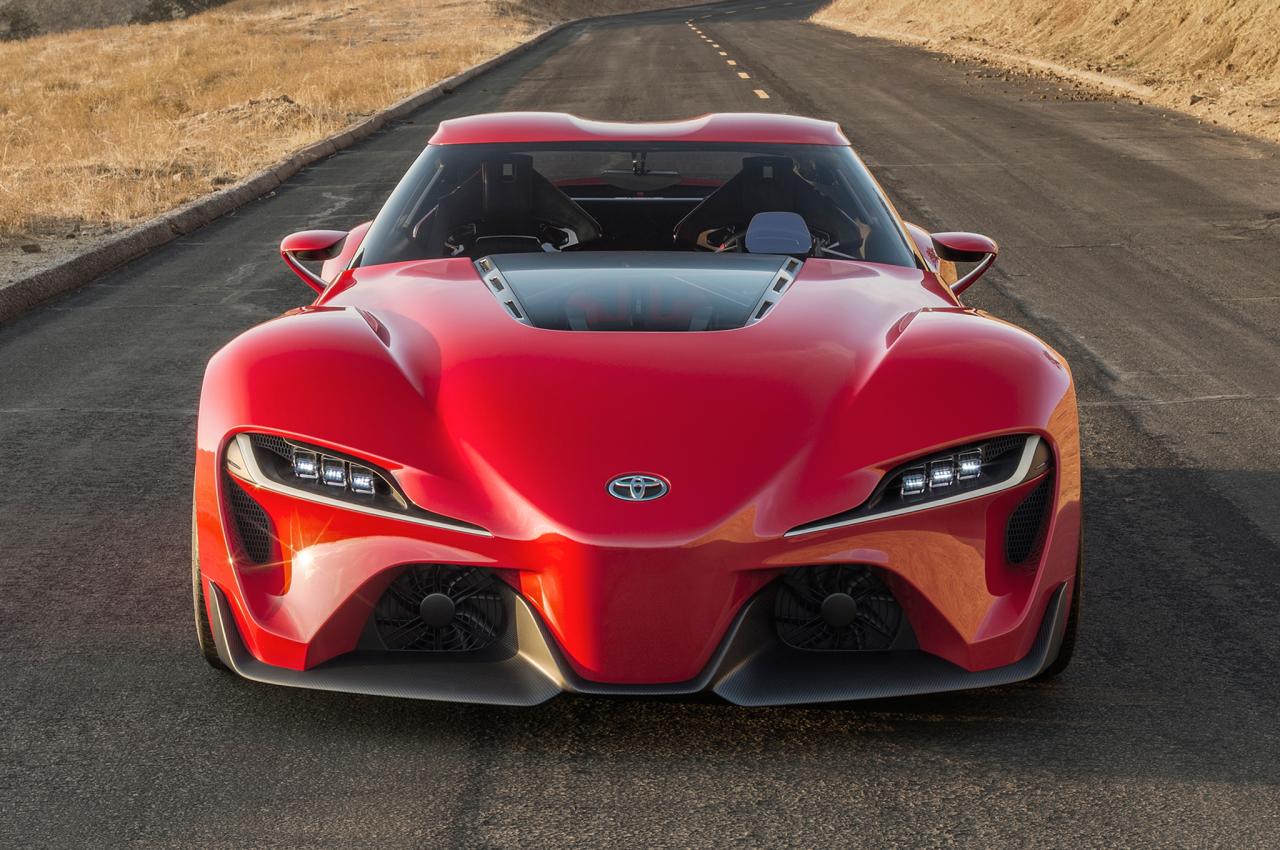
While performance metrics are objective, the “feel” of a sports car is inherently subjective. What one reviewer perceives as perfectly weighted steering, another might find too light. This is why it’s beneficial to read multiple reviews from different sources. Factors influencing subjective perception include:
A. Driver Skill Level: A highly skilled driver might appreciate a less forgiving, more raw car, while a novice might prefer more electronic aids and a smoother power delivery.
B. Personal Preferences: Some drivers prioritize outright speed, others track capability, and still others the emotional connection.
C. Driving Environment: A car that shines on a smooth race track might be frustrating on rough city streets.
D. Previous Experiences: A reviewer’s prior exposure to different sports cars inevitably shapes their perspective on the current test vehicle.
F. The Importance of Long-Term Ownership Perspectives
While initial reviews focus on the immediate driving experience, the true test of a sports car often comes with long-term ownership. Factors that emerge over time include:
A. Reliability and Durability: How well does the car hold up to regular (or spirited) use? Are there common mechanical or electrical issues?
B. Maintenance Costs: The expense of routine servicing, parts replacement, and specialized repairs.
C. Depreciation: How well the car retains its value over time. Some sports cars hold their value exceptionally well, while others depreciate rapidly.
D. Daily Liveability: For those who use their sports car regularly, factors like fuel economy, interior noise, and cargo space become more apparent over time.
E. Community and Aftermarket Support: The presence of a strong owner community, aftermarket parts availability, and specialist garages can significantly enhance the ownership experience.
G. The Future of Sports Car Reviews
The landscape of sports car reviews is also evolving. With the rise of electric vehicles, reviewers are adapting their metrics to account for instant torque, battery range, and charging infrastructure. Augmented reality and virtual reality experiences may offer new ways to “test drive” cars remotely. The emphasis will increasingly shift towards holistic performance, encompassing not just speed but also efficiency, sustainability, and technological integration.
Furthermore, as the line between traditional sports cars and high-performance electric sedans blurs, reviews will need to consider a broader range of comparisons and redefine what truly constitutes a “sports car” in the electric age. The focus on driver engagement will remain, but the methods by which that engagement is delivered will diversify significantly.
Conclusion
Sports car reviews are an indispensable resource for anyone captivated by these magnificent machines. They dissect the engineering, quantify the performance, and, most importantly, articulate the driving experience. From the symphony of a roaring engine to the precise feedback of the steering wheel, every element is scrutinized to provide a comprehensive picture. Ultimately, a great sports car review doesn’t just inform; it inspires, taking readers on a virtual journey behind the wheel, allowing them to envision the thrill, precision, and pure joy that only a truly exceptional sports car can deliver. As the automotive world continues its rapid evolution, the art and science of sports car reviews will remain crucial in guiding enthusiasts through the exhilarating path of speed, style, and driving passion.



